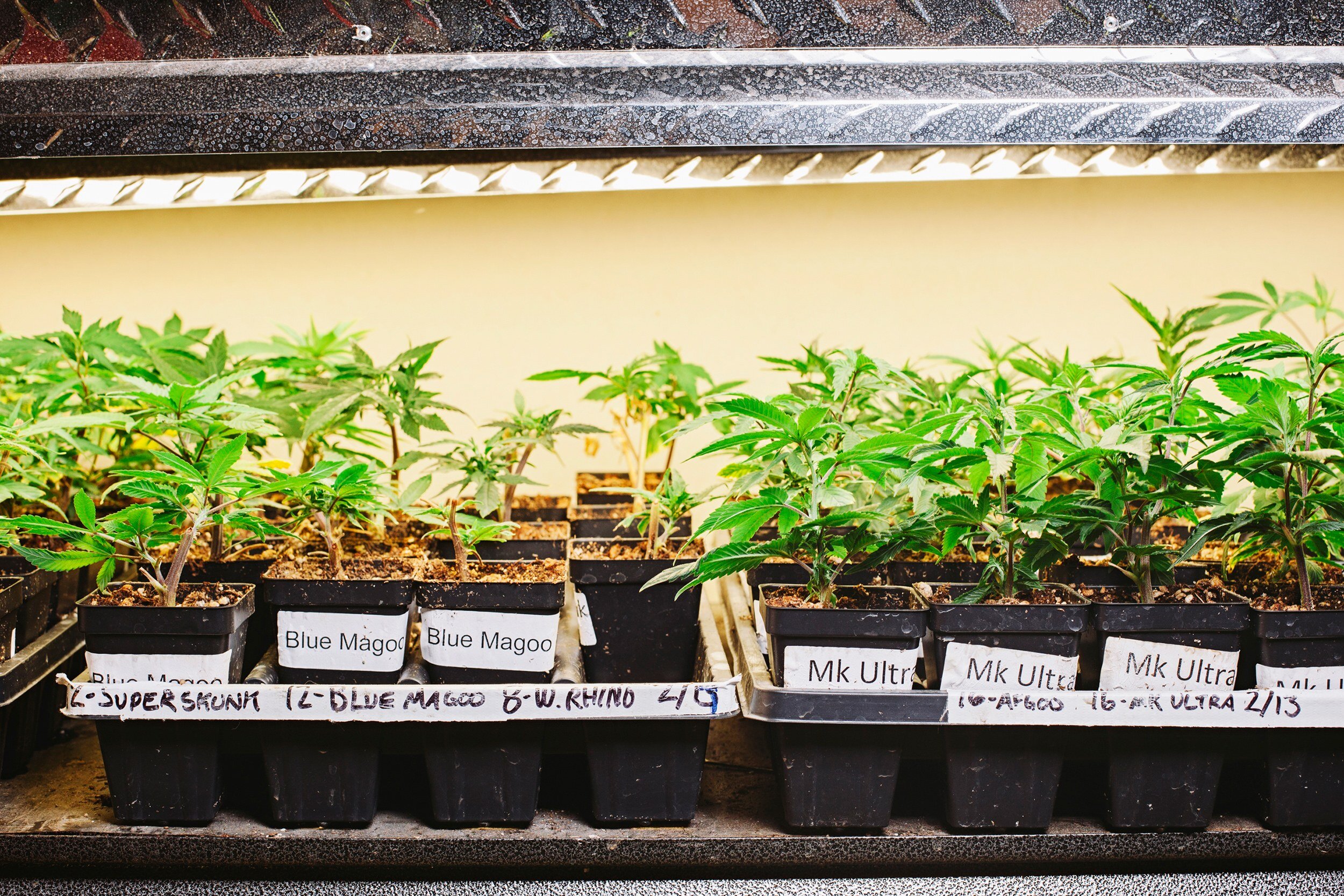
There have been a lot of headlines recently about the rise in cannabis use among senior citizens in the wake of recreational legalization in states like California, Colorado, Oregon, Washington, and more each year.
In a study published at the end of February in the Journal of the American Medical Association (JAMA) it was revealed that Americans over the age of 65 had increased their cannabis consumption twofold between the years 2015 and 2018. We are told that makes this age demographic one of the fastest-growing on the consumer side of these relatively new legal cannabis markets, many of which cropped up in that same time frame.

Here in California, senior citizens, we were told, would be among the flow of a previously untapped well of new cannabis consumers that would include soccer moms, corporate types, and other canna-curious folks who were supposedly just waiting for it to be taxed before they felt safe buying it. Eaze reported in 2019 that the number of first-time cannabis users in the Golden State jumped 140% in the first year of recreational sales in California.
It was these ripe new users – from the Millennials to the middle-aged, to the senior citizens – that were going to propel the state to an estimated one billion dollars in cannabis tax revenue in the first year of the newly regulated market. Instead, the state brought in about one-third of that total in year one and still has not been able to hit that initial target.
All of this got us thinking about the current state of the cannabis industry in California which, we all know, isn’t great. One look around the average legal, licensed dispensary will reveal plenty of shiny packaging, focus-group-approved marketing, and clever brand names and logos, most of it wrapped around mediocre, midgrade products.
Massive cannabis brands are crumbling left and right these days, shedding CEOs and laying off hundreds of employees. The reasons for their failures are many, but we contend that at the root of many of these predictable outcomes was some misguided attempt to build the brand to appeal to these supposed saviors of legal weed – the phantom ‘new cannabis consumer’ – while neglecting to provide anything for the longtime connoisseurs to connect to.
WHAT’S IN A NAME
We have written about this particular subject in more detail before, but it is worth touching on here once again. In an attempt to assuage the concerns and/or confusion that those totally new to cannabis may feel when shopping for products, many brands made the decision to forego the traditional names of different strains or cultivars like OG Kush, or Blue Dream, or Super Lemon Haze, and replace them with easy to relate to words like Calm, Create, or Comfort.
We understand that a senior citizen cannot possibly know what Matanuska Thunderfuck means when they look at a jar of weed, but that is where a good budtender can make the difference by educating the customer about what they can expect from the product as far as taste and effects.

By preserving traditional strain names and the breeders and lineage behind them, we preserve cannabis culture. What does that have to do with California’s cannabis economy? Well, the untaxed, unregulated street market is estimated to be at least 3x larger than the legal market and we feel that is because nobody on the street is trying to skirt around the raw, real history and culture of the plant in order to woo minivan moms or nostalgic Boomers.
Companies or brands that were formed to appeal specifically, or exclusively, to the ‘new cannabis user’ are almost all in financial freefall these days as that phantom demographic has failed to bail them or their investors out.
There are creative and useful ways to provide education to new cannabis users about your brand and your product line without uprooting the decades of defiant effort that made the legal market possible. We do it every day here at Beard Bros. Pharms.
GOODBYE FLOWERS & FARMERS
It’s no secret that the taxed and regulated cannabis market in California is flooded with boof flower. This too, we believe, is a direct result of megabrands trying to cater to new consumers who, they believe, don’t know about or care about the difference between top-shelf buds and mids.
Many brands taking up valuable real estate on dispensary shelves these days have made high-quality flower a low priority on their list of offerings, instead feeding into the belief that the ‘new cannabis consumer’ only wants vape carts or edibles, and that actually smoking weed is a thing of the past. This allows them to turn over massive outdoor or greenhouse crops of trash weed knowing that most of it will end up getting blasted into hash oil or distillate.
It is so hard to find truly top shelf quality flowers in legal dispensaries these days because of this misplaced priority on the tepid demand for noob-friendly consumption options.
As long as dispensaries and the brands that supply them continue to shape their business models around the whims of this barely existent group of consumers, the quality of flower on the shelves will continue to decline.
Of course, there are and will continue to be brands that kick out super dank batches of craft quality cannabis, but their supply will not/can not satisfy the real power bloc of cannabis customers; the heavy consumers, the daily consumers, the consumers who were buying weed before it was safe.
There are also thousands of legacy growers who played a role in the Prop 215 era but have chosen to stay on the sidelines for Prop 64, many of whom are still growing straight fire. So many of those heavy/daily/before it was safe consumers are dealing with this familiar old school network instead of the local legal dispensary that isn’t at all set up to appeal to them.
Do not get it twisted, we aren’t saying that there is no such thing as a ‘new cannabis user’, or that they should be ignored by the industry, but a 140% increase of some minuscule number doesn’t impress us much. We love seeing senior citizens turn to cannabis instead of pharmaceutical alternatives, but as we see in this CNN article on the subject, counting on them to carry this crippled industry is foolish:
California septuagenarian Carol Collin is one of them. About two years ago she began eating a marijuana “gummy” each night before bed to help with sleep. “I am an absolute chronic insomniac. I have been ever since I was a little tiny child — it just drives me crazy,” Collin said. “I take this little cube and it just makes me drowsy so I can sleep and doesn’t leave me groggy in the morning.”
We’re stoked that cannabis gave Carol a better quality of life, but her one gummy per night regimen ain’t keeping the lights on at any dispensary or manufacturing space.
There need to be options and education for the Carols of the world, but as we are seeing play out in real-time here in Cali, banking on the phantom ‘new cannabis user’ is a surefire way to kill a new cannabis brand.

















